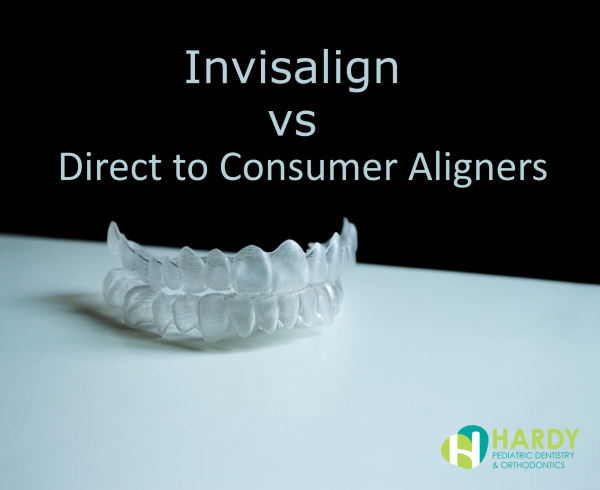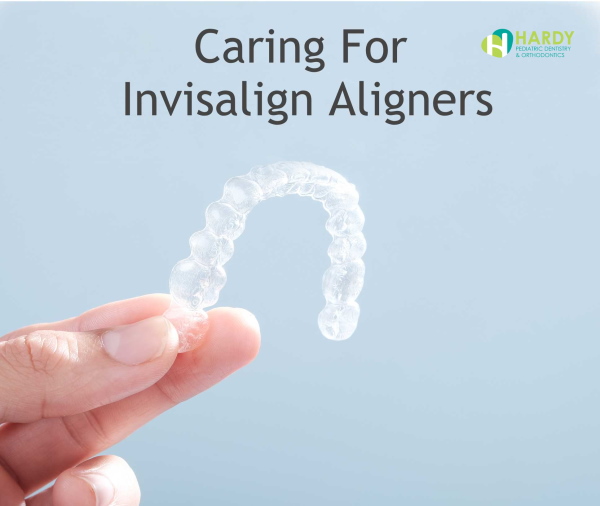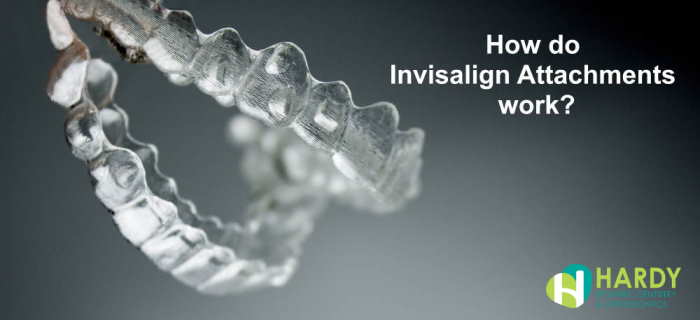Invisalign Can Help Fix Overbite

7 Common Brushing Inquiries Answered
October 7, 2021
Why Invisalign is Better Than Direct to Consumer Aligners
October 25, 2021When the upper front teeth overlap the lower front teeth, this is known as an overbite, and it is a type of malocclusion. It is the most common dental condition, accounting for over 70% of all dental problems, and it is characterized by an uneven and unnatural appearance of the smile. If you have an overbite problem, Invisalign may be a good treatment choice for you. We are here to help you understand if these clear aligners might help you.
Here’s how Invisalign works with an Overbite
Using Invisalign, you may have your teeth straightened without the need of brackets or wires. It is a simple, yet effective method for getting your teeth straightened..
The first step in treating overbite with Invisalign is to schedule a consultation with a qualified orthodontic specialist. You must make an appointment to see the doctor to determine that you are a good candidate for this surgery. If you meet the requirements, your orthodontist will take a digital scan of your teeth in order to generate a virtual 3D model of your mouth and teeth. Using cutting-edge technology, your aligners are created after your orthodontic treatment plan has been determined.
You must wear your aligners for at least 21 hours each day and only remove them while you are eating, brushing, or flossing your teeth. You should use tooth-colored aligners. You’ll put on a fresh set every two weeks, and as you develop, it will gradually shift your teeth into their right position.
Read Invisalign Vs Smile Direct Club
Does Invisalign work for other bite issues?
When administered by a qualified professional, Invisalign can correct the following types of biting issues:
- For Crossbite – Crossbite occurs when the upper teeth bite on the inside of the lower teeth, which is known as the inside bite. This can only occur on the sides of the mouth that are closest to the teeth. This should be corrected as quickly as feasible, according to our recommendations.
Crossbites can cause the following:
- Weak chewing patterns
- Less attractive smile
- Asymmetrical jaw development causing irregular facial features
- Temporomandibular joint (TMJ) disorders
- When the teeth have premature wear
- Gum disease
- Bone loss
- For Underbite – In an underbite, the bottom teeth overlap the top teeth. This is normally caused by the undergrowth of the upper jaw, lower jaw, or both. This condition is caused by the flared lower incisors, tipped back incisors, missing upper portion, or a combination of each.
Underbite needs to be corrected immediately because:
- Your smile is less attractive
- It prevents the correct functions of the mouth
- Can cause jaw-joint dysfunction
- Open Bite Malocclusion – During open bite treatment, the upper and lower jaws are forced outward in such a way that the upper and lower jaws are no longer in contact with each other while the mouth is closed. The efficacy of Invisalign therapy is dependent on the timing of the treatment because it dictates how rapidly the teeth will shift.
If this condition is not treated, it can cause the following
- Premature wear of the molar (tooth).
- A less beautiful smile.
- Jaw joint dysfunction
- Gaps in teeth, Diastema – Known as diastema, a visible space between two or more teeth is a dental disorder in which there is a visible space between two or more teeth IT is shared by both of the front incisors in the upper jaw. Diastema is a frequent and minor type of misaligned teeth, and Invisalign will be able to correct it with minimal discomfort.
It is possible to use Invisalign express to address a gap between teeth when it is deemed a minor dental condition that only affects a few teeth and is not exacerbated by bite misalignment or other difficulties, such as a cleft palate.
When cases call for a more involved movement of the teeth or jaw, dentists will supplement Invisalign with elastics or attachment. These attachments are discreet, tooth-colored devices that permit intricate tooth movement.
Timeline for overbite correction with Invisalign
The length of time required for Invisalign overbite treatment will vary depending on the individual patient’s situation. Normally, it takes up to two years for the dental therapy to completely correct the problem in question. Treatment for a severe overbite might take up to two years and even longer in some cases.
What is too severe for Invisalign to fix?
Traditional braces are the greatest option in many situations, and while Invisalign is effective in many situations, there are other situations where Invisalign is ineffective and traditional braces are the best option. In other cases, such as when the overbite is significant enough that it will require surgical correction. Invisalign will not be able to straighten crowded teeth if the teeth must be rotated excessively in order to straighten them. Small gaps are acceptable for Invisalign, but if there are huge gaps, the treatment may not be as effective as intended. Invisalign may also be ineffective when it comes to changing the position of a tooth or correcting a discrepancy of more than 2 millimeters.
Sources:
- Lagravère M.O. Flores-Mir C. The treatment effects of Invisalign orthodontic aligners: a systematic review. J Am Dent Assoc. 2005; 136: 1724-1729
- Boyd R.L. Miller R.J. Vlaskalic V. The Invisalign system in adult orthodontics: mild crowding and space closure cases. J Clin Orthod. 2000; 34: 203-212



